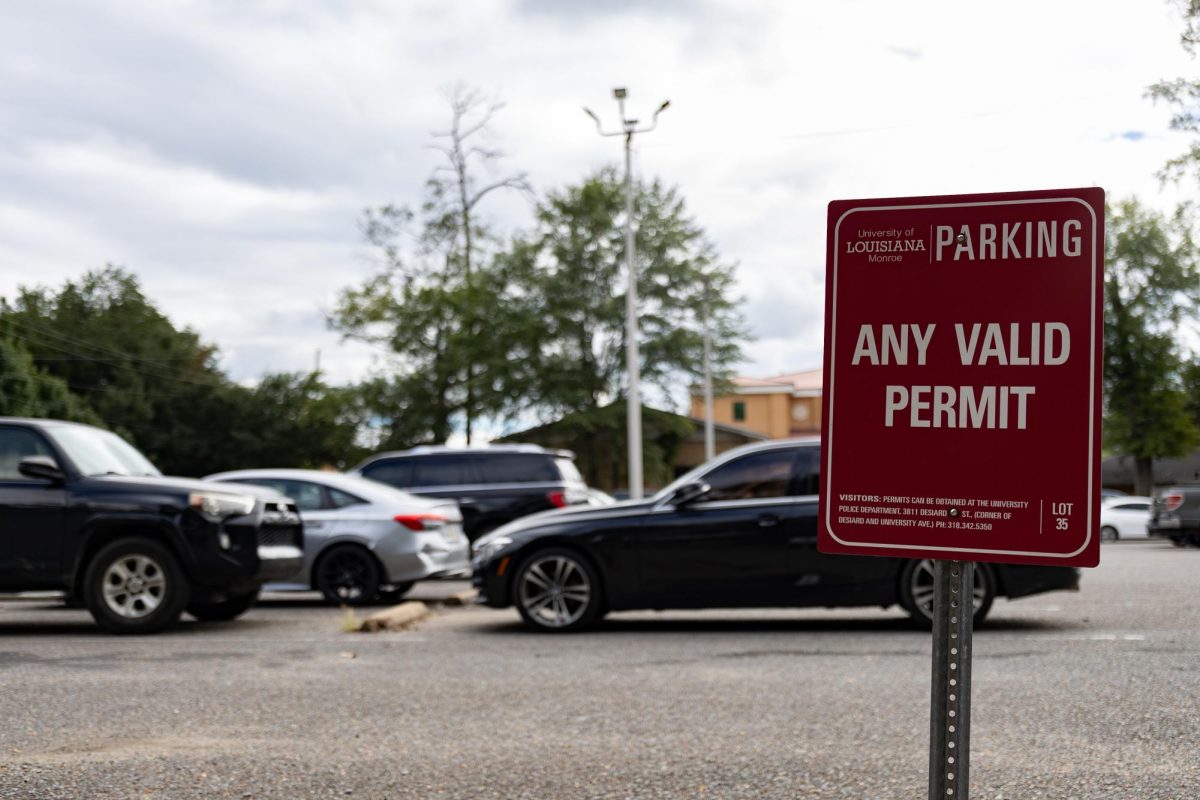Some news sources consider Hurricane Helene to be one of the strongest and deadliest hurricanes since Hurricane Katrina. The reported death toll from the Category 4 storm has reached 215 people, with hundreds more missing.
If climate change continues at the current rate (0.36 F per decade), hurricanes such as Helene will become the new normal. Climate change makes natural disasters more frequent and powerful. Unless we find solutions, this problem will continue to worsen. Finding ways to curb the environmental crisis should be our top priority to prevent more people from dying from these storms.
According to the National Oceanic and Atmospheric Administration, hurricanes commonly form from pre-existing weather conditions. Thunderstorms, tropical waves, low wind shear and warm water are all critical elements for the formation of a hurricane. A counterclockwise wind current forms as the disturbance grows and becomes more organized. This circulation of wind sucks up warm water from the ocean to fuel the storm, making it grow larger and more powerful. The warmer the water, the more powerful the storm grows.
The EPA reports that ocean temperatures have risen at an average of 0.14 F per decade since 1901. The gradually warming waters have led to increasing occurrences of extreme weather events around the world. The average sea surface temperature in the Gulf of Mexico in August of this year was 1.5 F above average. This value only deviated by about 0.3 C in August 2000.
As a result of warming waters, the frequency and severity of hurricanes have worsened. According to Yale Climate Connections, the United States has been hit by eight Category 4 and Category 5 hurricanes over the past eight years. The only period remotely comparable to that is the four Category 4 and Category 5 hurricanes from 1945 to 1950.
Whether it be coral bleaching, melting ice caps or even just the noticeable increase in temperatures over the past few years, climate change is undeniable and dangerous. America needs to wake up and realize that this problem is not some far-off, distant issue that will only affect future generations. Climate change is happening now, and it is already affecting us.
If we do not take any measures to solve this issue, we can expect more than one devasting hurricane every year. Bloemendaal and colleagues in Science Advances, a multidisciplinary peer-reviewed scientific journal, published a research study about climate change. The study projects that, at the current global temperature increase, the frequency of instances of tropical cyclones (precursors to hurricanes) could more than double by 2050.
As various communities around the South recover from Helene, your support plays a critical role. If you would like to contribute to the reconstruction efforts after Hurricane Helene’s impact, please donate to the Red Cross, National Voluntary Organizations Active in Disaster or any other organizations helping on the scene. These people need help, and your donation could make a difference.





Isaiah Montgomery • Oct 9, 2024 at 8:49 pm
A few thoughts reading the article: The science on climate change with respect to hurricanes is not at all settled. In fact, a majority of studies indicate that the raw number of tropical cyclones are decreasing. The ocean is warming, but so is the upper atmosphere, which leads to more stability and could lead to a net decrease in tropical cyclone numbers. It is possible that the intensity of hurricanes is set to grow, as we do seem to have a recent trend in the Gulf of Mexico specifically with hurricanes undergoing rapid intensification more frequently. It seems more likely that the amount of rainfall inside TCs may increase due to increased evaporation from warmer oceans. Most ocean temperature anomalies are taken with respect to a 30-year long climate period, and the most recent climate period available is the average from 1990-2020. Since August 2000 is in the middle of that period, it is very possible that it was close to average simply because it was one of the values used in the average.
As far as landfalls, that statistic is not particularly meaningful. Tracking hurricanes by landfalls is not a good method, as whether or not a hurricane makes landfall is primarily up to luck. In fact, Bloemendaal’s 2022 study suggests that the frequency of Gulf Coast landfalls will not change at all in the time period described (although I think this is a stretch to say with any confidence). There was a gap from 2006-2016 with no US landfalls at Category 3 strength or higher – in the grand scheme of things, just incredible luck. A better way to track storms is by the raw number, although even that is inflated in the past half-century due to entering the satellite era.
I do want to point out that climate change is happening and the effects will be extreme. I think between large scale heat waves and droughts, there is no shortage of potential future impacts. I just wanted to share my thoughts on this particular aspect since it is one of the most debated impacts among meteorologists, and I figured you all may find it interesting.
Lastly, I would also point out that in between Hurricane Katrina and Hurricane Helene, Hurricane Maria killed over 3,000 people in Puerto Rico in 2017. Although this is usually not the intent, it sadly often gets ignored in reporting.